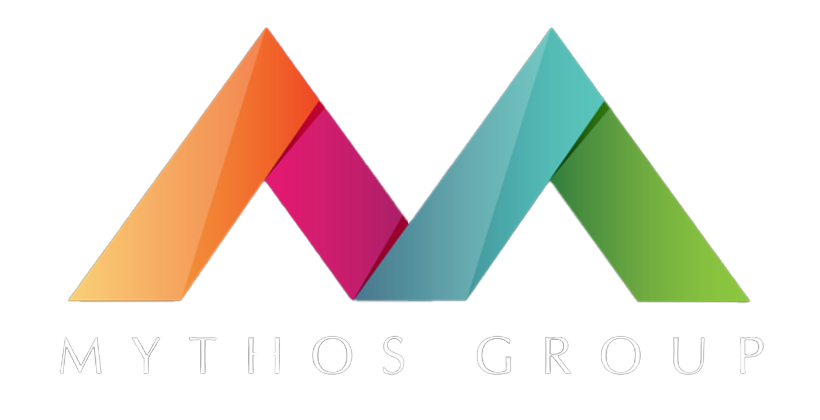It may seem as if the push for corporate diversity, equity and inclusion (DEI) initiatives began with recent social justice movements such as Black Lives Matter and Me Too. But in reality, DEI initiatives began in the early 1960s as a response to the civil rights movement and the subsequent Civil Rights Act of 1964. Over the last five decades, DEI advocates have been pleased to see policies expand and evolve to include not only race and sex, but also gender identity, sexual orientation, ethnicity, age, ability and socioeconomic status.
There’s good reason to be pleased. As far back as 2015, McKinsey & Company penned a study that showed higher-than-average financial returns for companies who were the most racially and ethnically diverse. In addition to higher profits, those businesses who ranked in the top DEI quartile, also experienced an advantage in talent acquisition, increased employee satisfaction, better alignment with their customer base and improved corporate decision making and innovation.
We know for a fact that a robust DEI program is a corporate must-have. However, it can be challenging for corporations and organizations to enact measures that administer real change. How can you ensure that your well-meaning intentions will result in actual, fundamental power shifts to favor those previously underrepresented? In this article, we share our insights on how to build an effectively inclusive workplace that truly fosters change.
What Is Diversity, Equity And Inclusion (DEI)?
In recent years, socioeconomic triggers have turned the acronym DEI into a buzzword. But what does it mean in the context of your organization? DEI stands for diversity, equity and inclusion. The definition, as explained by Catalina Colman, Director of HR and Inclusion at Built In, states that:
“Diversity is the presence of differences within a given setting. Equity is the process of ensuring that processes and programs are impartial, fair and provide equal possible outcomes for every individual. Inclusion is the practice of ensuring people feel a sense of belonging in the workplace.”
DEI, therefore, is essential to creating and maintaining a successful workplace, as it guarantees all employees can thrive both personally and professionally. Not only does it drive employee productivity and performance, but DEI initiatives will also foster creativity and innovation. Ultimately, this grows your company’s talent pool and increases your overall profits/markets.
Why Is DEI Important?
There’s no denying that diversity in the workforce has become a priceless asset to many companies. The McKinsey report we referenced earlier found that there’s a strong correlation between a company’s higher-than-average diversity and its higher-than-average profits. If you’re wondering why this is, the answer is quite simple.
Maintaining a diverse workforce stimulates innovation and offers unique points of view. For this reason, corporations that are identified as more diverse are 35 percent more likely to outperform their competitors according to recent diversity in the workplace statistics. Additionally, diverse companies are 70 percent more likely to capture new markets, and diverse teams are 87 percent better at making decisions.
There is also research to suggest that inclusive organizations have an easier time attracting talent across all demographics. According to Glassdoor, 2 out of 3 job candidates will seek companies that have diverse workforces. If your organization lacks diversity, you could be missing out on 66 percent of eligible job applicants!
How Can A Company Create Programs To Support DEI?
Many have viewed the corporate world’s growing emphasis on DEI with cynicism. While the proposed changes look tremendous on paper, how can we ensure that they aren’t merely for show? The only thing worse than a company that fails to integrate DEI into its fundamental operations is one that does so solely for appearance.
Here is a seven-step framework for engendering real DEI change within your company:
Identify Relevant Opportunities For Change
Before any change can be implemented, you must be aware of how DEI is currently affecting your team and workspace. Therefore, the first step to integrating a successful DEI plan is to identify possible opportunities for change.Sound overwhelming? Don’t worry, this can be done simply by articulating your individual and collective perspectives, identities, values and culture. Then determine how power and privilege impact your workspace, marketplace and business strategy. This information will enable you to make an accurate assessment regarding where and how DEI initiatives should be implemented.
1. Focus On Equity
No workspace is an even-level playing field. Therefore, to implement successful DEI initiatives, you must first acknowledge any existing social inequities. The first DEI goals to set should be those aimed at providing all team members with fair opportunities and resources to help them reach their full potential. Of course, this will also signal to your employees that a commitment to diversity and inclusion lies at your organization’s core.
2. Activate Your Team’s Diversity
Once you have equipped your workspace to ensure everyone thrives, you must activate the diversity naturally occurring within it. Recognize the differences within your team, engage them and explore the impacts they have on perspective, assumption and approach. Finally, publicly celebrate how that diversity enhances your organization. Make sure that you point out the specific contributions that diverse voices make so that all members of your team can appreciate and acknowledge them.
3. Collaborate Across Boundaries
Success is achieved by collaborating across boundaries. Conducting a network analysis, therefore, can reveal where your unintentional biases are built into your networks and how they impact collaborations. If you discover that certain biases are limiting (or preventing) collaboration, you can identify those unaccessed groups and set goals to diversify that network. Once these bridges are built, collaborations will become more fluid and dynamic.
4. Change The Conversation
To work with someone who has a different background or worldview, you must have regular, meaningful conversations. Engaging your team in direct conversations regarding DEI will remove communication barriers and foster mutual understanding. It will also foster an environment of openness and respect, while simultaneously fueling collaboration and innovation. Diverse voices must have a seat at the table, and they must be given a safe space in order to fully and freely engage in these important conversations.
5. Implement A Coaching Culture
Unconscious biases might prevent underrepresented team members from accessing workplace leaders (especially in comparison to those who identify more similarly to the leadership team). As a result, some team members might find that their workplace advancement has stalled.If this sounds familiar, don’t worry. Implementing a coaching culture will easily combat it. Simply work on providing younger team members with managers, mentors and sponsors to create a collaborative network. As a result, there will be an opportunity for development and growth for all employees.
6. Lead In An Inclusive Manner
The final step to activating real DEI change is leading inclusively. Yes, this involves enacting new policies and practices that promote full participation from every team member. However, it also includes envisioning and enacting new, and possibly unconventional, ways of leading.Inclusive leaders provide the tools, resources and support for various groups for various roles. They also identify and mitigate bias, respect differences, build empathetic relationships, foster allyship, manage conflict and bring out the best in one’s team.
Implement Successful DEI Initiatives In Your Business
There’s no denying that fostering meaningful change through corporate DEI initiatives can be challenging. That’s where we come in. We help our clients solve their most complex transformative challenges, and we are confident that we can do the same for you.
Ready to engender real change within your workspace? Contact us to get started.



